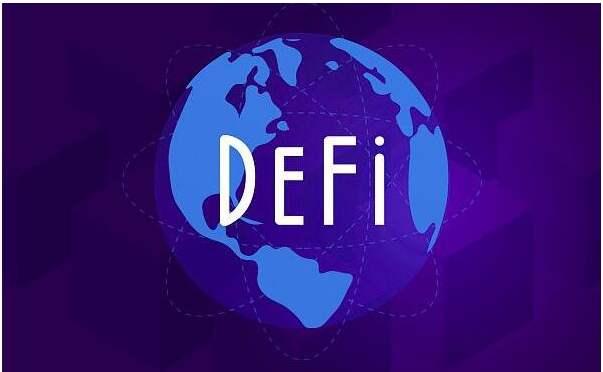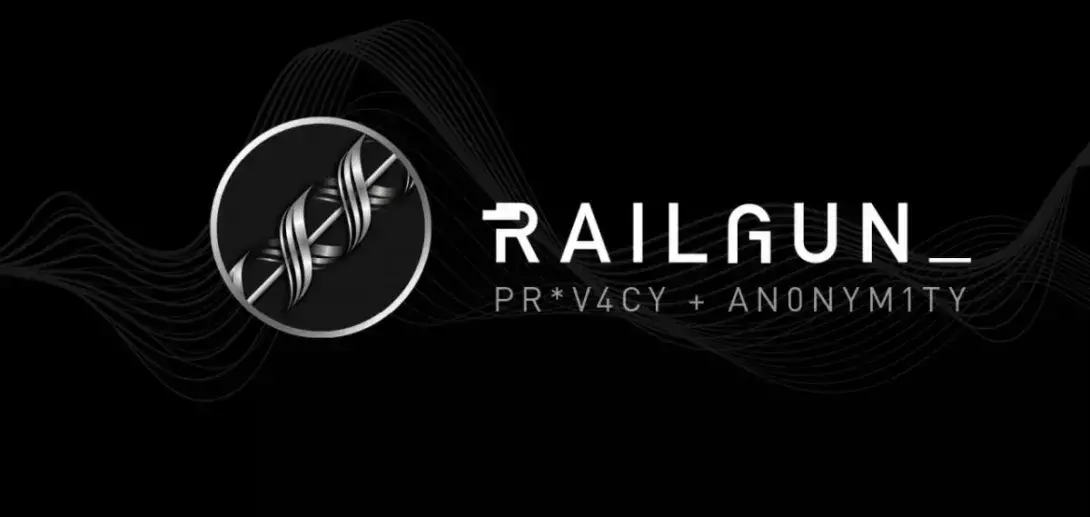The on-chain information push service EPNS lets you know immediately when you are liquidated
This article was published in Planet Daily by Azuma.
With the prosperity of DeFi, most readers have likely experienced some DeFi products firsthand. Compared to centralized applications, DeFi products enhance asset security at the protocol level, but they lack the convenience of the former in practical use. Here are a few examples:
When you trade or provide liquidity on a DEX, the DEX cannot notify you in real-time about the price fluctuations of a token or the extent of impermanent loss;
When you use a decentralized contract trading platform, the platform cannot inform you whether your position is safe at any given moment;
When you use a lending protocol, the protocol cannot notify you of real-time changes in liquidation risk during significant price fluctuations;
When you bid on a popular item on an NFT trading platform, the platform still cannot inform you whether your bid has been accepted or surpassed by other bids;
When you are waiting for lower gas fees, no one will proactively tell you whether the current gas price has dropped to your expected level…
Everything requires you to actively check on-chain, which is not sufficient in terms of user experience.
So, is there any solution?

Recently, I noticed a project called Ethereum Push Notification Service (EPNS) that just completed a $750,000 seed round of financing last month. This project aims to build a decentralized information push protocol within the Ethereum ecosystem, allowing users (i.e., wallet addresses) to receive information notifications from various Dapps, smart contracts, and even centralized services.
The working logic of EPNS is quite simple; understanding four key terms within the protocol is sufficient:

Service: As the name suggests, this refers to the Dapps, smart contracts, or centralized services that wish to push information to users. For example, if Aave wants to notify users of real-time changes in liquidation risk, it can choose to integrate the EPNS protocol.
Channel: This refers to the activated information push service within the EPNS protocol, where users can choose to subscribe to channels of interest. Continuing with the example, if Aave completes the integration with EPNS, it will activate a channel, allowing Aave users to subscribe to this channel to monitor their liquidation risk in real-time.
Users: This refers to all participants within the EPNS protocol, encompassing all subscribers of different channels.
Subscriber: Subscribers are a subset of users, referring to those who have subscribed to a specific channel, such as the Aave channel mentioned above.
For users, the way to use EPNS is to download its mobile or desktop app, link their wallet address through the app, subscribe to channels of interest, and then they can receive real-time information notifications from various Dapps, smart contracts, and centralized services, feeling just like notifications in the internet world. It might look something like this:

The EPNS protocol gives both parties in the information push a lot of freedom. The service provider can freely decide what information to convey to users, but each push requires a certain fee (priced in ETH or DAI); users can also freely decide whether to subscribe to a channel.
It is worth noting that since service providers can freely choose the content they push, EPNS channels could theoretically become advertising boards for project parties. Users can choose to unsubscribe if they are dissatisfied with a channel and can provide specific reasons along with a 1-star review (without yygq, the EPNS rating range is 0-1, with lower scores indicating higher quality channels).
The slogan of the EPNS protocol is "Subscribe, Notify, Earn." Subscribe and Notify are easy to understand, while Earn involves the native token of the EPNS protocol. The token name is very fitting—PUSH. PUSH serves as the medium of exchange among participants within the protocol (simply put, it is the payment method for subscribing to channels). EPNS will also distribute certain PUSH rewards to users who actively participate in the protocol, and holding PUSH tokens will grant rights to participate in governance regarding the protocol's future development, including deciding the push fees that service providers must pay.
Currently, the EPNS protocol is operating on the Ethereum testnet Ropsten, with some activated channels including "Compound Liquidity Alerts," "Funds Tracking for Specific Wallets," "ENS Domain Expiration Reminders," and "Gas Fee Alerts," among others.
According to official information, the EPNS protocol plans to launch on the Ethereum mainnet by the end of 2020 or early 2021, so the official release of EPNS should not be far off.











